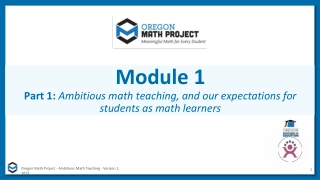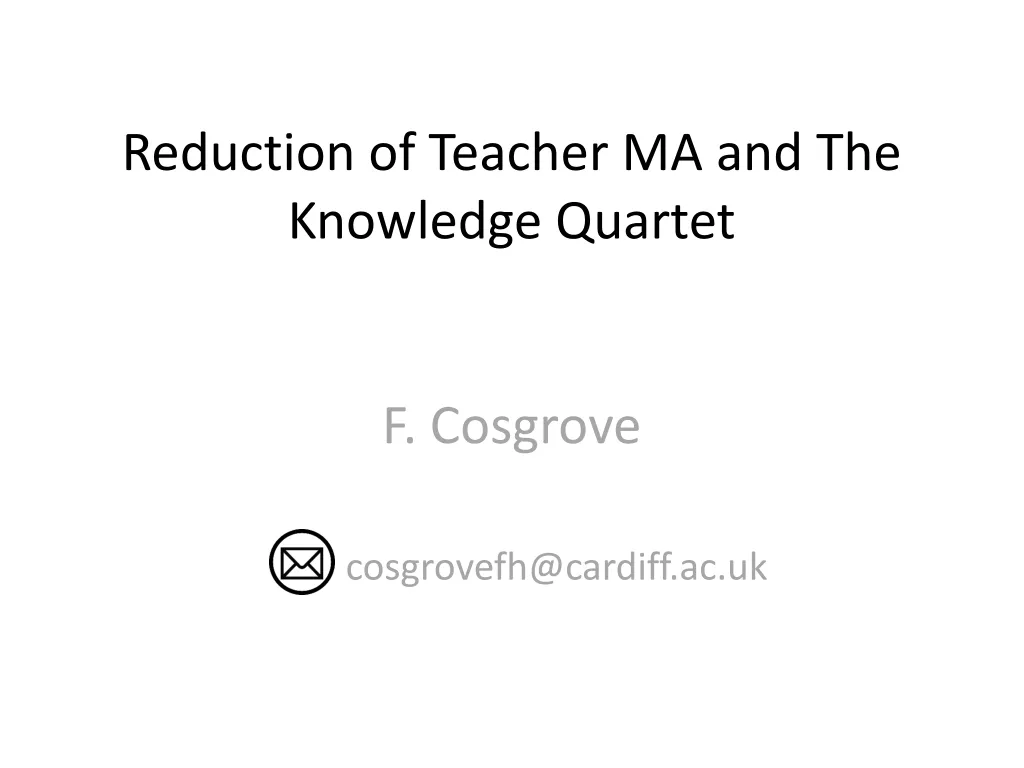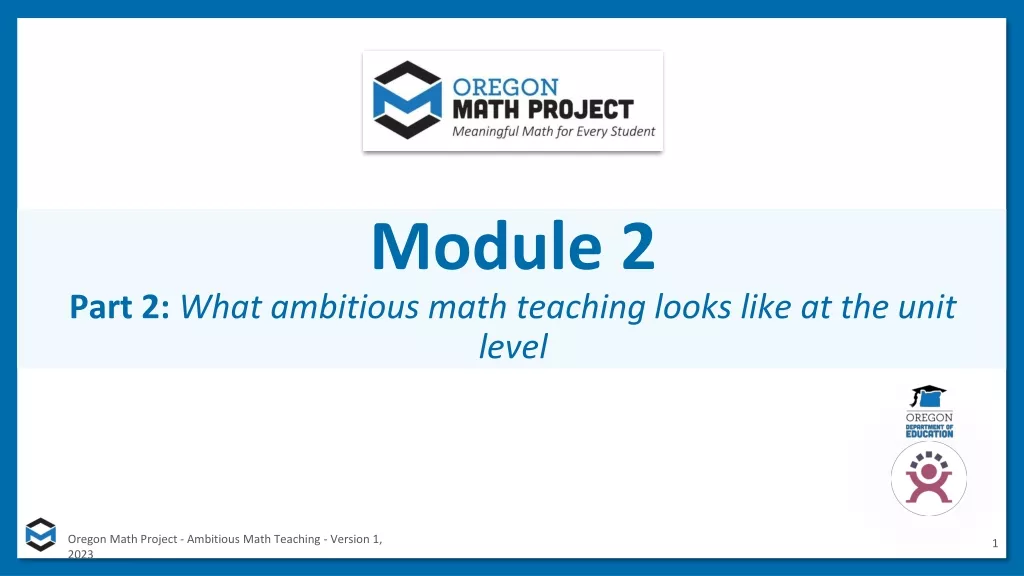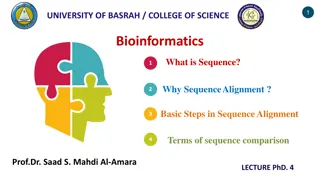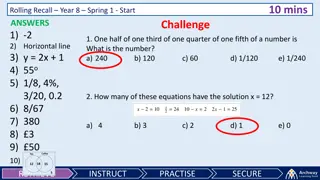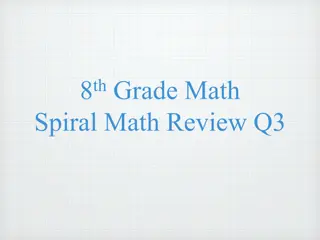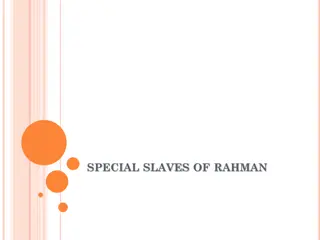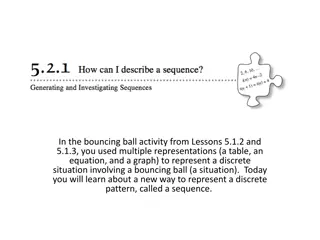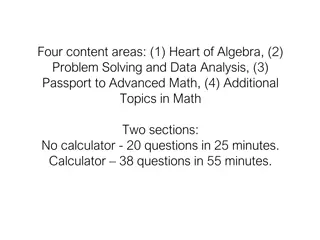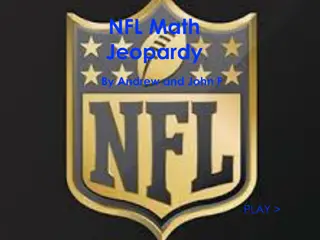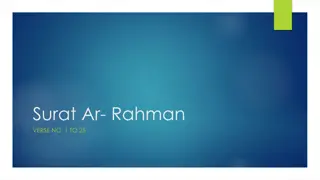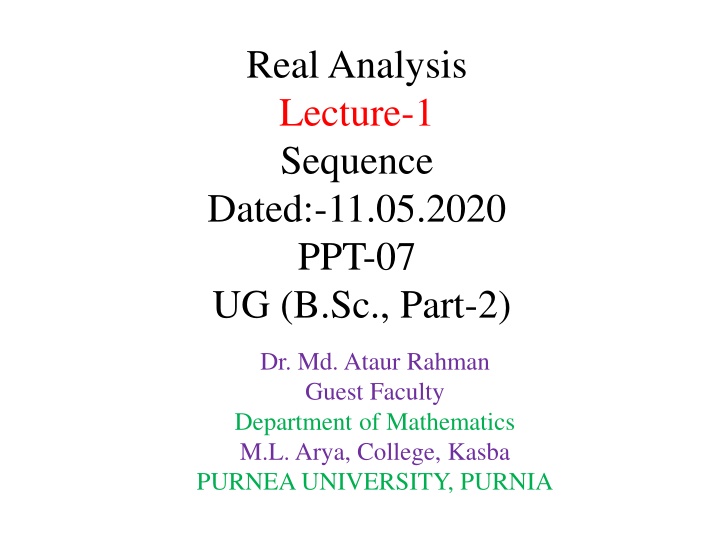
Real Analysis Lecture Series: Sequences and Convergence
Dive into the fundamentals of sequences in real analysis with insights on different types, convergence, and bounded sequences. Understand the properties of continuous and discontinuous functions as well as the principles of convergence. Dr. Md. Ataur Rahman provides key concepts in this illuminating lecture.
Download Presentation

Please find below an Image/Link to download the presentation.
The content on the website is provided AS IS for your information and personal use only. It may not be sold, licensed, or shared on other websites without obtaining consent from the author. If you encounter any issues during the download, it is possible that the publisher has removed the file from their server.
You are allowed to download the files provided on this website for personal or commercial use, subject to the condition that they are used lawfully. All files are the property of their respective owners.
The content on the website is provided AS IS for your information and personal use only. It may not be sold, licensed, or shared on other websites without obtaining consent from the author.
E N D
Presentation Transcript
Real Analysis Lecture-1 Sequence Dated:-11.05.2020 PPT-07 UG (B.Sc., Part-2) Dr. Md. Ataur Rahman Guest Faculty Department of Mathematics M.L. Arya, College, Kasba PURNEA UNIVERSITY, PURNIA
Contents 1. Sequences 2. Types of Sequences 3. Convergent, Divergent and Oscillatory Sequences 4. Bounded sequence 5. Monotonic sequence 6. Cauchy Sequence 7. Cauchy general Principle of convergence 8. Continuity and Differentiability 9. Properties of Continuous &discontinuous functions
Sequence Definition (1):- A sequence is an ordered list of objects whose terms can be expressed by general formula. i.e. The arrangement of real numbers whose term can be expressed by general formula. = 1) 1,3,5,7,9,11,......... 1 2 3 4 5 2) , , 2 3 4 5 6 2 1 n n + = , , ,........ 1 n Definition (2):- A sequence is mapping whose domain is the set of natural numbers. Domain: 1, 2, 3, 4, ..n Range a1, a2, a3, a4, .. an
Examples Write a general formula for the nth term of the following sequences 1 n 1 1 1 , 2 4 8 16 1 1 , , 2 6 24 120 1 = = , nth term a ( )1, i , , ,... n 1 n 1 2 1 1 = = , nth term a ( )1, ii , ,... n ! 2 1 4 9 16 25 , , 4 9 16 25 36 n + = = nth term a , , ,..., n 2 ( 1) n
Types of Sequences (1) Convergent Sequence (2) Divergent Sequence (3) Oscillatory Sequence (4) Monotonic Sequence (i)Monotonic increasing Sequence (ii)Monotonic decreasing Sequence (5) Bounded Sequence (i) Bounded above (ii) Bounded below
Convergent Sequence na Definition:-A Sequence is said to be convergent if Example1 1 n + = lim n a a finite number and unique n 1 2 3 , 2 3 4 n + , ,, 1 n n = a n n + n = = , lim n lim n lim n Now a n 1 n 1 n + 1 n 1 1 + = = = = lim n 1 a finite number a nd unique ( ) 1 n 1 0 + 1 n + a = , . S o is a convergent sequence n 1 n
Convergent Sequence Example 2 2 1 4 9 16 25 , , 4 9 16 25 36 n + , , ... .... 2 ( 1) n 2 n + = a n 2 ( 1) n 2 2 n + n = = , lim n lim n lim n Now a n 1 n 2 ( 1) n + 2 1 n 2 1 1 + = = = = lim n 1 a finite number and unique ( ) 1 n 1 0 + 1 2 2 n + a = , . So is a convergent sequen ce n 2 ( 1) n
Sequences Write the first 5 terms of the sequence. Does the sequence converge? If so, find the value. + + 1 n 1 n ( 1) 2 1 1 , , 3 5 1 1 , , 7 9 ( 1) 2 = = terms = = , lim n lim n 0 Now a 5 1, first ( ) i a , n n 1 n 1 n + 1 n ( 1) 2 n a The sequence is convergent and converges to 0. = n 1 1 2 2 3 3 4 , , 4 5 + 1 n terms = + 5 0, , , first 1 n ( 1) = ( ) ii a 1 , n 1 n n ( 1) lim 1 does not exist n + 1 n a The sequence diverges. = ( 1) 1 n 1 n
1 n = Write the first 5 terms for and show that the sequence is convergent. a n n 1 2 3 4 0, , , , 2 3 4 5 As a function terms = 5 First On a number line The terms in this sequence get closer and closer to 1. The sequence CONVERGES to 1.
Write the terms for an = 3 Since an = 3 is a constant. Therefore, The terms of the above sequence are 3, 3, 3, 3, . Then the sequence is convergent and converges to 3.
y= L is a horizontal asymptote when sequence converges to L.

